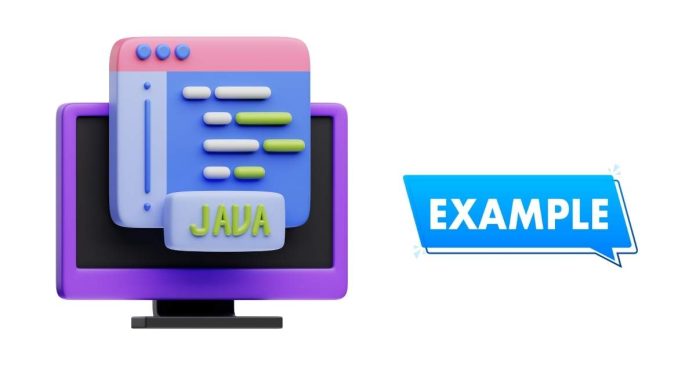In Java, a Future represents the result of an asynchronous computation. It allows you to retrieve the result of a task that is executed in the background, enabling parallel processing without blocking the main thread. Here’s a simple example of using Future with ExecutorService to perform a task asynchronously:
java
import java.util.concurrent.*;
public class FutureExample {
public static void main(String[] args) throws InterruptedException, ExecutionException {
ExecutorService executor = Executors.newSingleThreadExecutor();
// Submit a callable task
Future<Integer> future = executor.submit(() -> {
// Simulate a long-running task
Thread.sleep(2000);
return 42;
});
// Do something else while the task is running
System.out.println(“Task is running in the background…”);
// Retrieve the result of the task
Integer result = future.get(); // This will block until the result is available
System.out.println(“Task completed. Result: ” + result);
executor.shutdown();
}
}
In this example, the task runs in the background while the main thread continues with other tasks. The future.get()method waits for the task to complete and retrieves the result. If the task is still running, it will block until the result is available.


